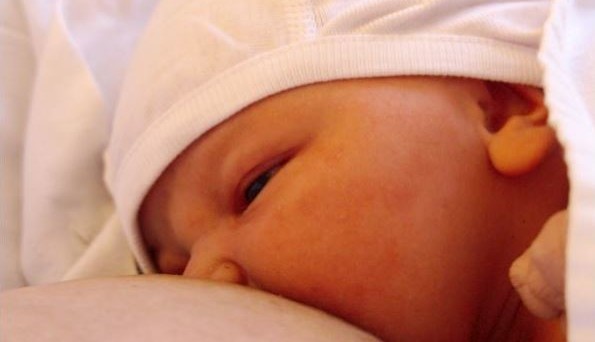
In recent decades there have been calls for breastfeeding to be recognized as a human right. The United Nations Convention on the Elimination of All Forms of Discrimination against Women, 1979 (CEDAW), or the Women’s Convention, is often cited as a significant human rights treaty for breastfeeding protection.
However, CEDAW only refers to breastfeeding once in its requirement that lactating women have access to ‘adequate nutrition’ (Article 12, paragraph 2).
A woman’s right to choose
The apparent neglect of this female–specific function in the only legally binding, human rights treaty on women is paradoxical, particularly given high profile concerns at the time of CEDAW’s development about the aggressive marketing of artificial baby milk in developing countries and its adverse health effects. In particular, the much publicised international boycott of the Nestle corporation’s products – on account of its infant formula marketing practices in the Third World – had been launched in 1977, at a time when CEDAW was still under deliberation.
Breastfeeding was generally acknowledged as a significant, and often life or death, issue for ‘Third World’ infants and mothers.
Yet while breastfeeding was generally acknowledged as a significant, and often life or death, issue for ‘Third World’ infants and mothers, for their ‘First World’ counterparts the important principle was seen to be women’s right to choose how to feed their infants, whether this be infant formula or breast milk. There was also, then, little research showing the protective infant and maternal effects of breastfeeding in economically advanced countries.
Moreover, raising the spectre of breastfeeding potentially undermined key mainstream Western feminist goals predominant at the time of CEDAW’s drafting. These included greater reproductive autonomy and self-determination by women; an emphasis on equal treatment with men in the workplace; and support for gender-neutral childrearing policy.
Breastfeeding in the workplace
During the 1970s, with the dramatic influx of women into the labour market in many advanced economies and, alongside this, calls for equal employment opportunities for women, feminist discussions strategically focused on women’s ‘sameness’ to – rather than their ‘difference’ from – the then male worker norm.
For feminist policy makers and legislators, the historical focus on women’s ‘difference’, which had justified past protective legislation aimed at employed women, had increasingly come to be seen as costly for women. In contrast to pregnancy which clearly required accommodation in the workplace, breastfeeding was regarded as an avoidable or, at least, an optional ‘difference’.
However, this position ignored the fact that the choice to breastfeed requires the removal of various barriers to its practice, including in the workplace. Given CEDAW’s strong emphasis on supporting women’s labour market participation, its failure to recognize the need for measures such as breastfeeding breaks and facilities to assist women to better combine work and motherhood is puzzling.
The choice to breastfeed requires the removal of various barriers to its practice, including in the workplace.
Nor did CEDAW include breastfeeding alongside ‘pregnancy’, ‘maternity leave’ and ‘marital status’ as a prohibited ground for employment dismissal. These oversights implicitly reinforce the assumption that breastfeeding is more appropriately a private sphere practice. Consequently mothers’ decisions about whether or not to breastfeed remain hidden.
Moreover, these omissions appear deliberate, given the precedent established as early as 1919 in the International Labour Organization’s Maternity Protection Convention that breastfeeding be accommodated in the workplace, including through nursing breaks.
Strengthening the human right framework
The human rights framework requires strengthening in every direction to protect, promote and support breastfeeding. In 2013, in the face of a huge expansion in the often-unregulated global marketing of infant formula, the United Nations Committee on the Rights of the Child significantly strengthened protection for breastfeeding, including among the business sector, in its interpretations of the United Nations Convention on the Rights of the Child 1989.
The same should happen with respect to CEDAW. One possible solution is that in CEDAW any further interpretation of non-discrimination in relation to ‘maternity’ or ‘women’s reproductive function’ could also specify ‘lactation’, alongside pregnancy and post- birth recovery, as in “special measures aimed at protecting women’s reproductive function and maternity (pregnancy, post birth recovery and lactation) shall not be considered discriminatory”.
This inclusion would have both symbolic and real significance in clearly and unambivalently asserting breastfeeding as a human right of women.
Comments